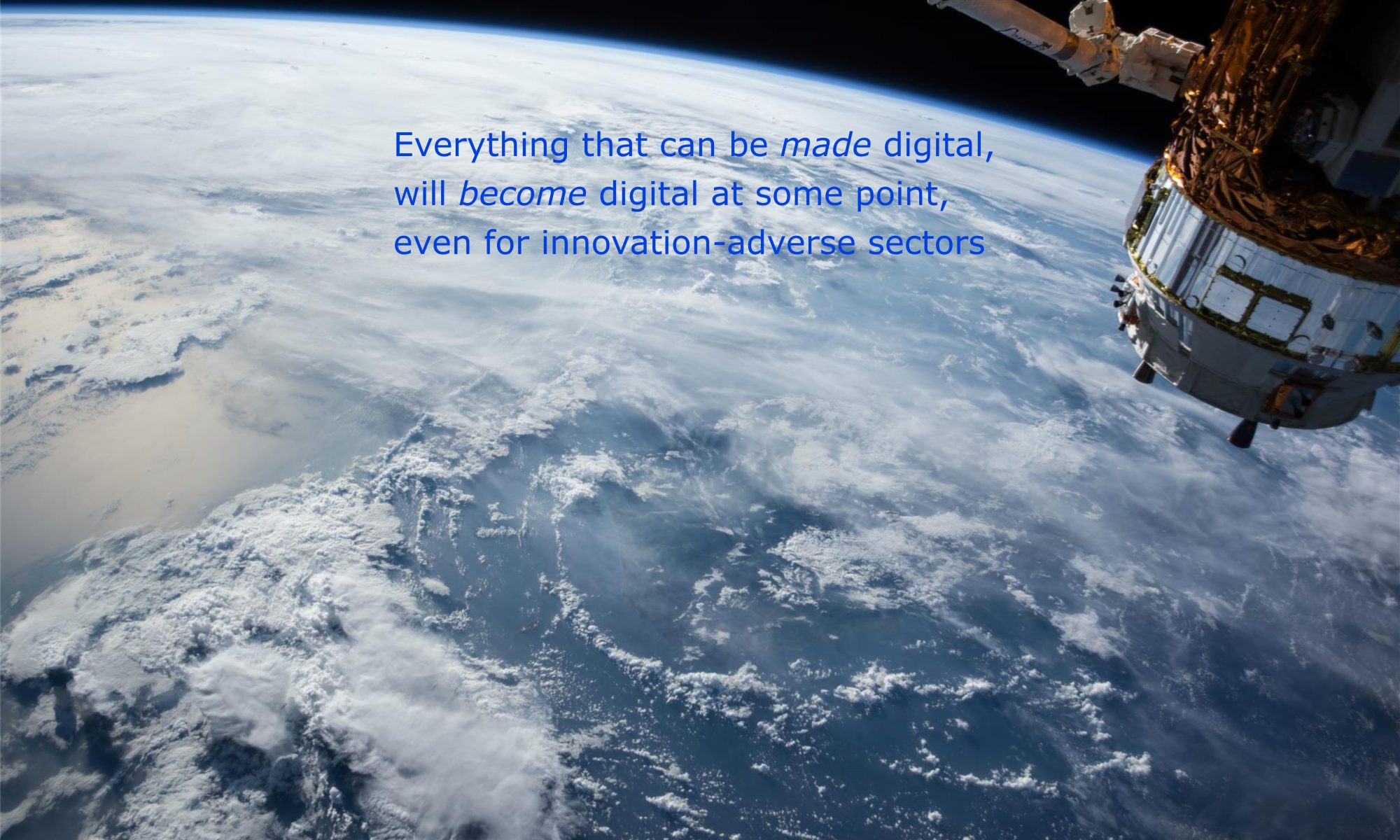Today, there is still a gap between Earth Observation (EO) technology and its use. Therefore, there is a need to promote the benefits that can derived from EO and increase the awareness of the users community. The primary goal is therefore to inform and educate users (from institutional to technical level) into the benefits of EO services: the only way, in our opinion, to make this technology understandable and usable.
Content
Training courses are provided at three levels:
- The Basic course introduces the beginner into the remote sensing basic theory and how to process remote sensing data in a correct and effective way. Usually, this type of course, is carried out in group with a maximum of 10 participants.
- The most recent developments with respect to theory and applications are presented, discussed, and evaluated based on practical examples in the Advanced course. Usually, this type of course, is carried out in group with a maximum of 5 participants.
- The Shoulder-to-Shoulder course is a customized training for companies and institutes with special research and project objectives. Usually, this type of course, is carried out for single persons or for a maximum of 2 participants.
Workshops are usually centered on the comparative advantage and specific constraints governing the use of EO techniques during the different phases of the project cycle, including identification, preparation, appraisal, implementation, and evaluation of project impacts. They are particularly focused on the following five aspects:
- Technical principles, capability and costs of remote sensing applications for topography, land displacements, agriculture, forestry, mining applications.
- Background information on applications with special emphasis to new capabilities.
- Overview of the potential advantages of using remote sensing technology for specific applications.
- Economical and technical advantages of the synergetic use of remote sensing data especially in those application where the availability of a comparable archive data set plays a crucial role.
- Presentation of SARscape, Opticalscape, and customized service solutions. Each case study contains information about the context, methodology, outputs, costs and delivery times for the information generated and the potential for wider application of the specific remote sensing technique that is applied.
